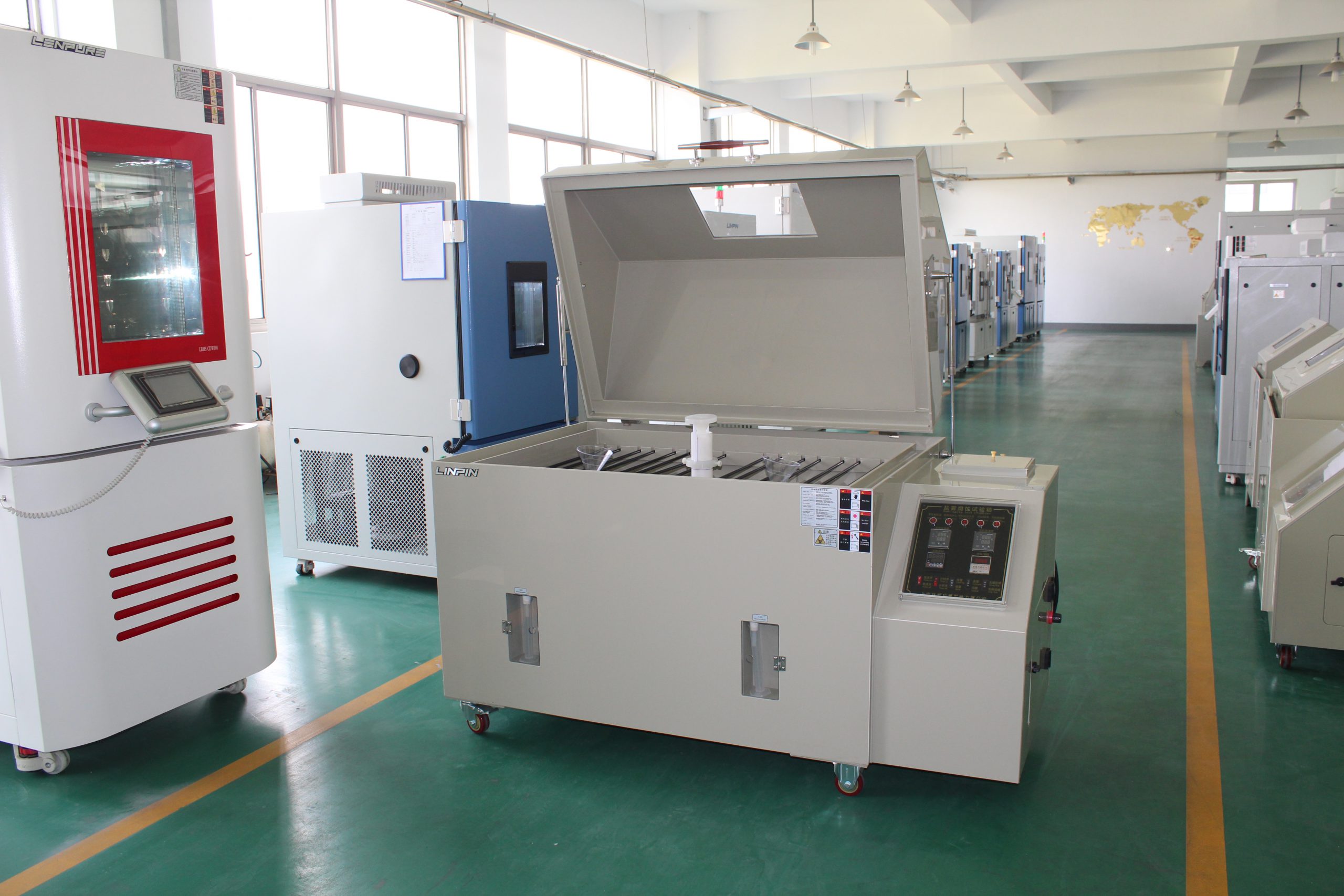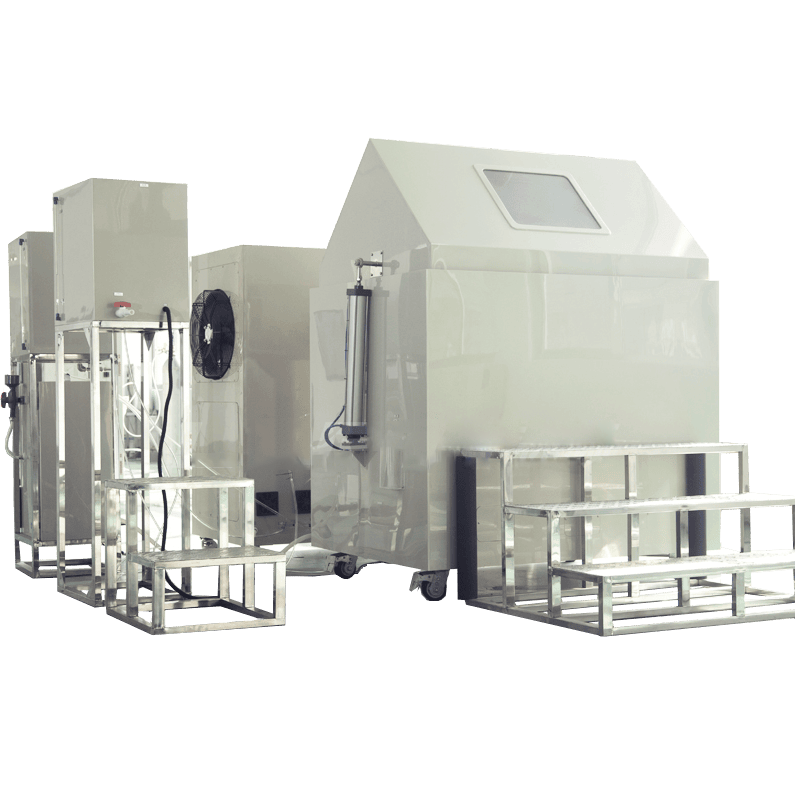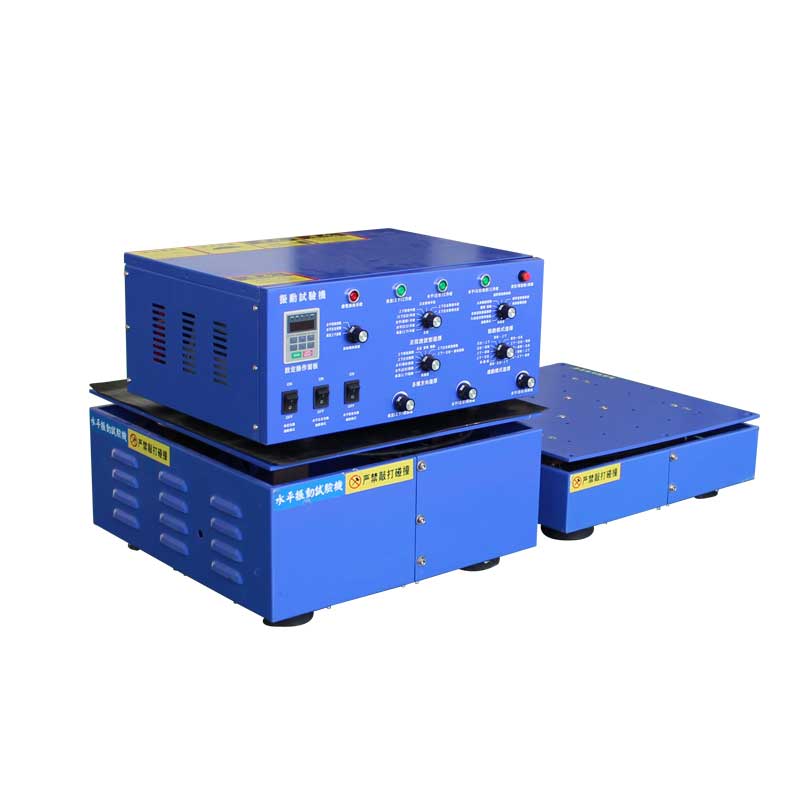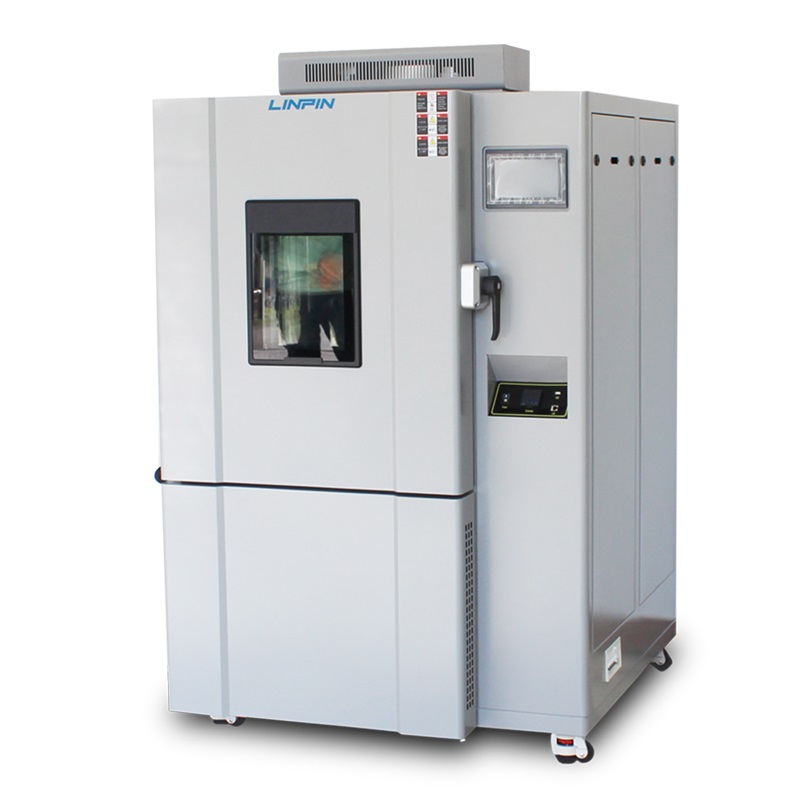The Quintessential Tool: A Comprehensive Overview of Salt Spray (Fog) Test Chamber Applications Across Industries
Author:LINPIN Update Time:2025-10-10 Source:LINPINThe salt spray (fog) test chamber, a cornerstone of accelerated corrosion testing, is a specialized environmental simulation apparatus designed to evaluate the corrosion resistance of materials and surface coatings. Its operation is based on creating a controlled, highly corrosive atmosphere through the atomization of a salt solution (typically sodium chloride) into a fine mist within an enclosed chamber. This environment accelerates the corrosive effects that materials might encounter over months or years in real-world conditions, such as coastal marine atmospheres or road environments where de-icing salts are used. The primary purpose is not to replicate a specific environment precisely but to provide a standardized, reproducible, and relatively rapid comparative assessment of material performance. The users of this equipment are diverse, spanning multiple industries where product longevity, safety, and reliability are paramount. Their reliance on this technology underscores its critical role in quality assurance, research and development, and compliance with international standards.
Primary User Groups and Their Applications
The application of salt spray testing is vast, driven by the universal challenge of material degradation. The key user groups can be categorized as follows:
-
Automotive and Aerospace Manufacturing: This sector represents one of the largest user bases. Every component, from the smallest fastener to the body panels of a car or the fuselage of an aircraft, must withstand harsh environmental conditions. Manufacturers use salt spray chambers to test the efficacy of paints, electroplated coatings (e.g., zinc, cadmium), and newer materials like advanced aluminum alloys and composites. Compliance with standards such as ASTM B117, ISO 9227, and specific automotive standards like SAE J2334 is mandatory. The goal is to prevent premature corrosion, which can lead to structural failure, safety hazards, and costly recalls. For electric vehicles, testing battery enclosures and electronic components against salt corrosion is increasingly critical.
-
Electronics and Electrical Component Manufacturers: The miniaturization and increased complexity of electronic devices make them highly susceptible to corrosion. Salt spray testing is employed to assess the durability of printed circuit boards (PCBs), connectors, switches, and other components. Corrosion can lead to short circuits, signal interference, and complete device failure. Companies in this field use the test to qualify conformal coatings, metal finishes, and the overall robustness of products destined for use in industrial, automotive, or consumer environments where humidity and salt are concerns.

-
Paints, Coatings, and Surface Treatment Industries: Companies that develop and produce paints, powder coatings, anodizing, chromate conversion coatings, and galvanizing treatments are fundamental users. For them, the salt spray chamber is a primary R&D and quality control instrument. It provides quantitative data on coating adhesion, the number of hours to red rust formation on steel, and the effectiveness of sealants. This data is crucial for formulating better products, providing performance warranties to customers, and verifying batch-to-batch consistency.
-
Fastener and Metal Finishing Specialists: Nuts, bolts, screws, and other fasteners are often the first components to fail due to corrosion. Specialist manufacturers and finishers rely heavily on salt spray testing to certify their products for construction, marine, and automotive applications. The test helps in selecting the most appropriate and cost-effective plating or coating process, such as comparing different grades of zinc plating with or without supplementary chromate passivation.
-
Research Institutions, Universities, and Standards Organizations: Academic and governmental research laboratories utilize salt spray chambers for fundamental studies on corrosion mechanisms, the development of new corrosion-resistant alloys (e.g., high-entropy alloys), and the validation of new testing methodologies. Standards bodies like ASTM and ISO use data generated from these chambers to refine existing test standards and develop new ones, ensuring that the methods remain relevant and scientifically sound.
-
Military and Defense Contractors: Military equipment is subject to extreme and varied environments, from naval vessels to desert operations. Specifications for military hardware (e.g., MIL-STD-810) often include rigorous salt fog testing to ensure operational reliability and longevity under the most demanding conditions. This user group requires chambers that can reliably meet strict procedural guidelines.
The Hallmarks of a High-Performance Salt Spray Chamber
Not all salt spray chambers are created equal. The reliability of the test data is directly dependent on the quality and precision of the equipment. A superior chamber is characterized by several key features that ensure authoritative and reproducible results.
-
Precise Environmental Control: The cornerstone of a valid test is the ability to maintain a constant chamber temperature, saturation tower temperature (for conditioning the air), and pH of the salt solution. Advanced digital controllers with PID logic are essential for maintaining stability within narrow tolerances, as specified by standards. Fluctuations in these parameters can significantly alter the corrosion rate, rendering comparisons invalid.
-
Corrosion-Resistant Construction: The chamber itself must be immune to the environment it creates. High-quality chambers are constructed from materials like robust polymers (e.g., CPVC or PP) or lined with specialized inert materials. Heating elements, atomizing nozzles, and sample supports must also be made from non-corrosive materials to prevent contamination of the test and ensure long-term equipment durability.

-
Consistent and Uniform Fog Distribution: The atomization system must produce a fine, even mist that settles uniformly on all test specimens. Uneven fog distribution can cause some samples to be over-exposed while others are under-exposed, leading to inconsistent and unreliable data. Well-designed chambers include baffles and towers to ensure a consistent fog settlement rate across the entire workspace.
-
Compliance with International Standards: A reputable chamber manufacturer designs its equipment to meet the exacting requirements of major international standards. This includes specific details about chamber dimensions, fog collection rate, and solution composition. The ability to seamlessly perform tests according to ASTM B117, ISO 9227, JIS Z 2371, and other standards is a non-negotiable requirement for most users.
-
User-Friendly Interface and Data Logging: Modern chambers feature intuitive touch-screen interfaces that allow for easy programming of test parameters, including complex cyclic corrosion tests. Comprehensive data logging capabilities are vital, providing an auditable trail of temperature, humidity, and test duration for quality assurance and certification purposes.
The salt spray test chamber is far more than a simple box that sprays saltwater. It is a sophisticated scientific instrument integral to the global supply chain. Its users, from automotive engineers to university researchers, depend on the data it generates to make critical decisions about material selection, product design, and manufacturing processes. By enabling the accelerated prediction of long-term corrosion behavior, this technology plays a direct role in enhancing product safety, extending service life, reducing maintenance costs, and fostering innovation in material science. The consistent and reliable performance of a high-quality salt spray chamber is, therefore, not merely a matter of convenience but a fundamental component of modern industrial quality and a testament to a manufacturer's commitment to delivering durable and trustworthy products to the market.





